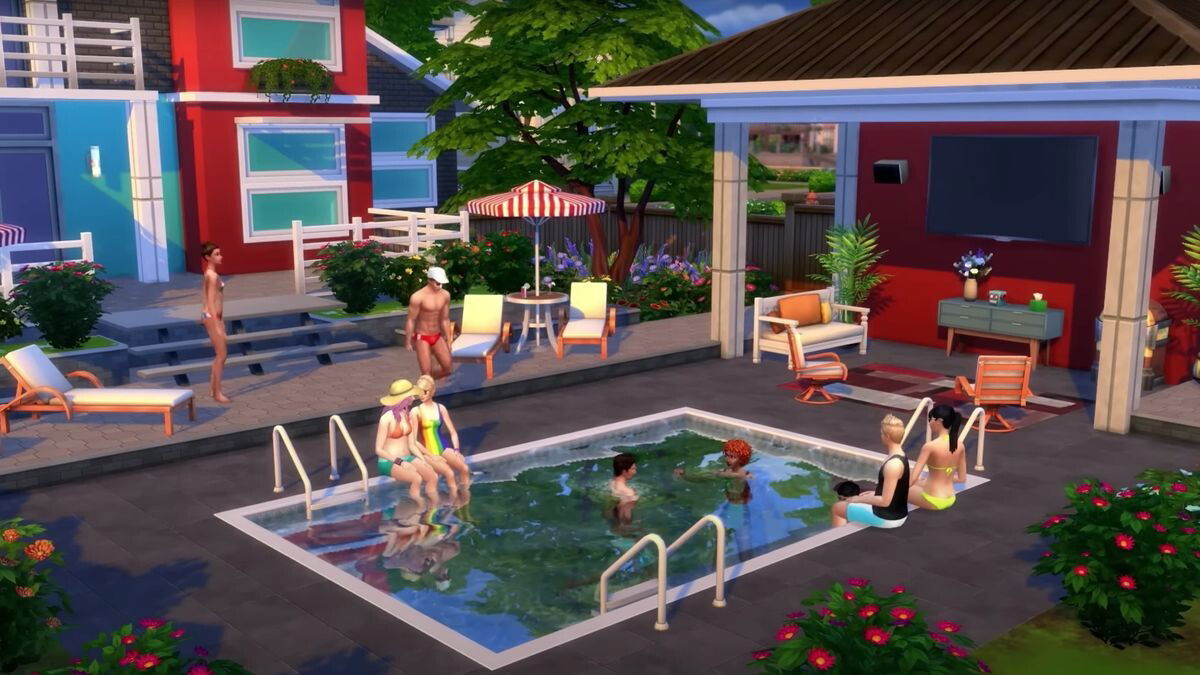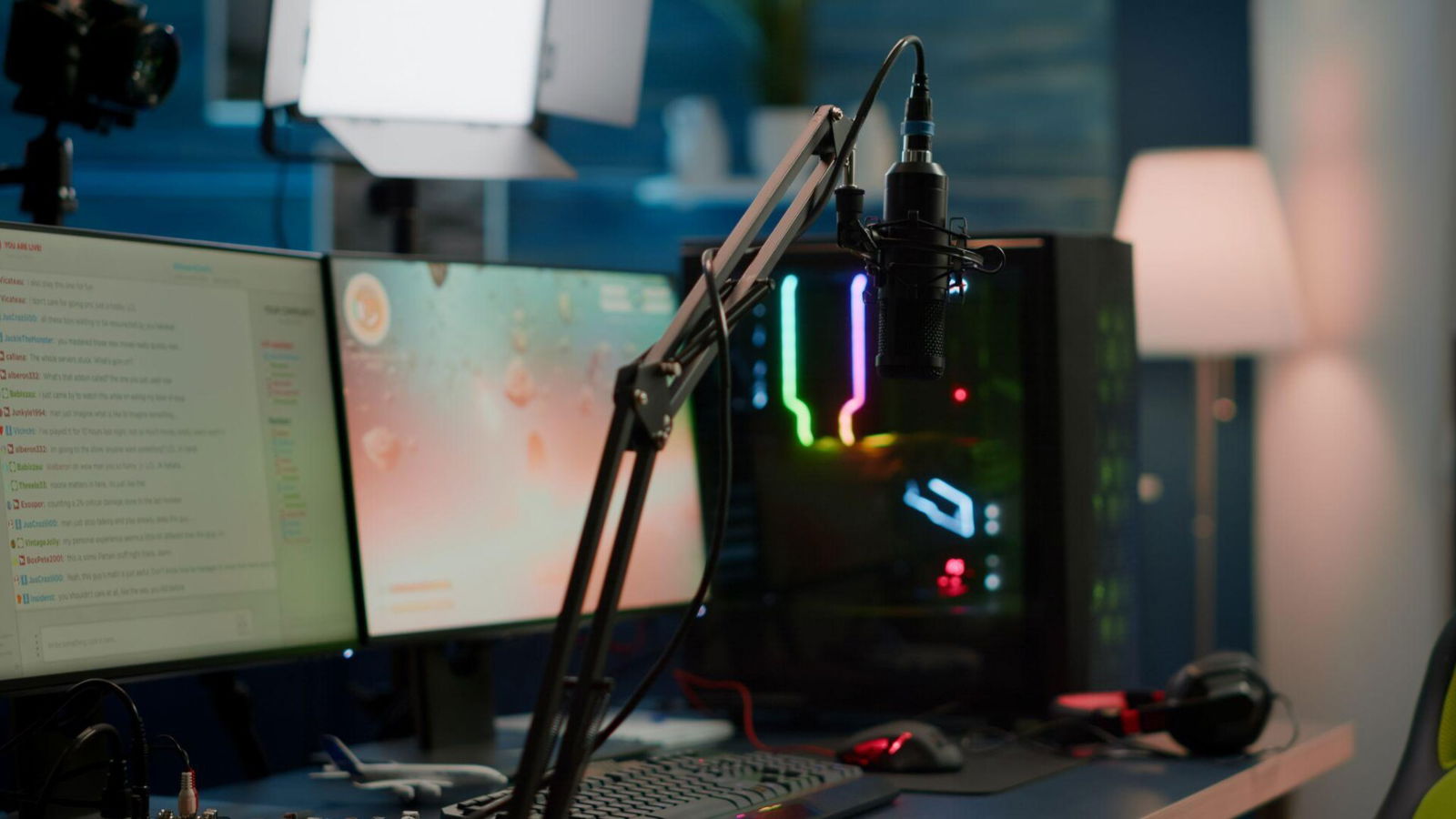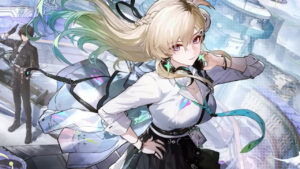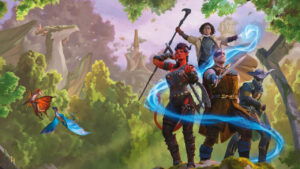For many teens, gaming is a canvas for creativity, providing a space to design, invent, and imagine without limits.
In today’s digital age, gaming is more than just a source of entertainment—it’s a creative powerhouse that encourages teens to think outside the box. While video games often receive criticism for being time-consuming or distracting, they actually nurture a wide range of creative skills. From building intricate worlds to crafting compelling stories, teens are using gaming as a platform to unleash their imaginations. But how exactly does gaming spark creativity? And why is this important for teens in school and beyond? Let’s explore how pixels are paving the way for new ideas.
The Importance of Creativity for Teens in School and Everyday Life
Creativity is essential for teens’ overall development, especially in an academic setting. From writing essays to devising innovative solutions for projects, creative thinking sets students apart. For instance, when a teen writes an essay, they’re not just presenting information—they’re crafting an argument, considering structure, and making stylistic choices that reflect their personal voice. Engaging in creative activities like gaming enhances these skills, making teens more adaptable and resourceful in their studies. For those who may struggle or are just beginning a new educational chapter, using an essay service can provide valuable support, guiding them through the writing process and helping them develop their creative ideas.
Outside of school, creativity plays a significant role in teens’ daily lives, from finding innovative solutions to problems at home to exploring personal hobbies and passions. A creative mindset fosters flexibility, enabling teens to adapt to challenges and new situations. Whether they’re envisioning new possibilities for their future or brainstorming their next big project, creativity becomes a tool that aids them in all aspects of life, helping them grow into well-rounded, innovative thinkers.
The Creative Power of World-Building

When it comes to creativity, few experiences rival the potential of world-building games. Titles like Minecraft, The Sims, and Roblox offer players the opportunity to build vast landscapes, detailed cities, and even entire ecosystems from scratch. These games provide a digital sandbox where imagination knows no bounds. Teens spend hours crafting not just physical structures but the rules, environments, and cultures that govern these virtual worlds.
This level of creative freedom isn’t just about constructing buildings; it’s about thinking through complex systems. When teens design their own virtual environments, they are exercising artistic vision, problem-solving skills, and decision-making. Much like an artist painting a blank canvas, world-building in games offers an opportunity for personal expression, where every choice—down to the smallest detail—reflects the creator’s unique style.
Problem-Solving as a Gateway to Innovation
In addition to artistic expression, many games challenge players with complex puzzles and strategic decisions that push them to think critically. Whether solving riddles, navigating tricky obstacles, or strategizing to outsmart opponents, games require players to use both logical and lateral thinking. This problem-solving ability is an essential part of creativity.
Teens often find that the more they game, the more creative they become in how they approach challenges—not only in-game but also in real life. For instance, problem-solving skills developed in gaming can help students think of unique solutions for academic projects or social situations. Gaming builds resilience too, as teens learn that persistence is key to overcoming tough situations, making them more likely to innovate when faced with roadblocks outside of the virtual world.
Storytelling Through Games

For teens who love storytelling, video games can be a major source of inspiration. Many modern games feature deep, immersive narratives where players have the power to influence a story’s direction. In games like Undertale, Life is Strange, and The Last of Us, teens make choices that shape the storyline, allowing them to explore different perspectives and outcomes.
Beyond simply experiencing a narrative, some teens take it a step further by creating their own stories. Whether writing fan fiction based on their favorite games or crafting new plotlines through mods, gaming has become a valuable outlet for creative writing. This form of storytelling encourages players to think about character development, plot twists, and thematic depth—skills that can easily translate to schoolwork, particularly in English and creative writing classes.
Role-Playing Games and Character Development
In role-playing games (RPGs), teens often create detailed characters with rich backstories, personalities, and motivations. Games like Skyrim or Dungeons & Dragons Online allow players to fully develop their characters, shaping how they interact with the world around them. This process encourages teens to practice character development, considering how personality traits, goals, and conflicts drive a story forward.
Creating these characters involves improvisation and creative writing, skills that can enhance teens’ ability to craft compelling stories in other areas of their life, whether for school assignments or personal projects. The ability to develop and understand complex characters also fosters empathy, as teens explore different emotions and experiences through their virtual avatars, gaining a deeper understanding of diverse perspectives.
Artistic Expression Through Game Design and Mods

Some teens go beyond just playing games—they create them. Platforms like Unity, GameMaker, and Roblox Studio allow young creators to design their own video games from scratch. Coding, level design, sound production, and writing all come together in this form of artistic expression. The satisfaction of bringing their own game to life not only gives teens a sense of accomplishment but also introduces them to valuable skills that can lead to future careers in technology, game design, or digital art.
Another popular form of artistic expression in gaming is modding. Many gamers enjoy modifying existing games to add new features, characters, or even entire game modes. Modding communities thrive on collaboration, encouraging teens to work together to create fresh content. This collective creativity teaches teens the value of teamwork and problem-solving while providing a space for them to express their unique ideas.
The Future of Gaming: A Hub for Teen Innovators?
As gaming technology evolves, the opportunities for teens to unleash their creativity will only grow. Virtual reality (VR), augmented reality (AR), and AI-powered game design tools are transforming the way games are created and played. These new technologies are opening doors for even more immersive creative experiences, pushing teens to explore new ways of storytelling, world-building, and interaction.
The future of gaming is poised to become a hub for teen innovators. As these technologies continue to develop, they’ll offer young creators more ways to bring their ideas to life, turning their digital creations into real-world innovations.
Conclusion
From building virtual worlds to crafting intricate narratives, gaming is an incredible outlet for teen creativity. It not only fuels imagination but also equips teens with practical skills they can apply in school, social settings, and future careers. As gaming technology advances, it will continue to be a vital space for young innovators to experiment, create, and collaborate. For teens, gaming is more than just pixels on a screen—it’s a gateway to endless possibilities. So, the next time you pick up a controller, remember that you’re not just playing a game—you’re expanding your creative potential.



